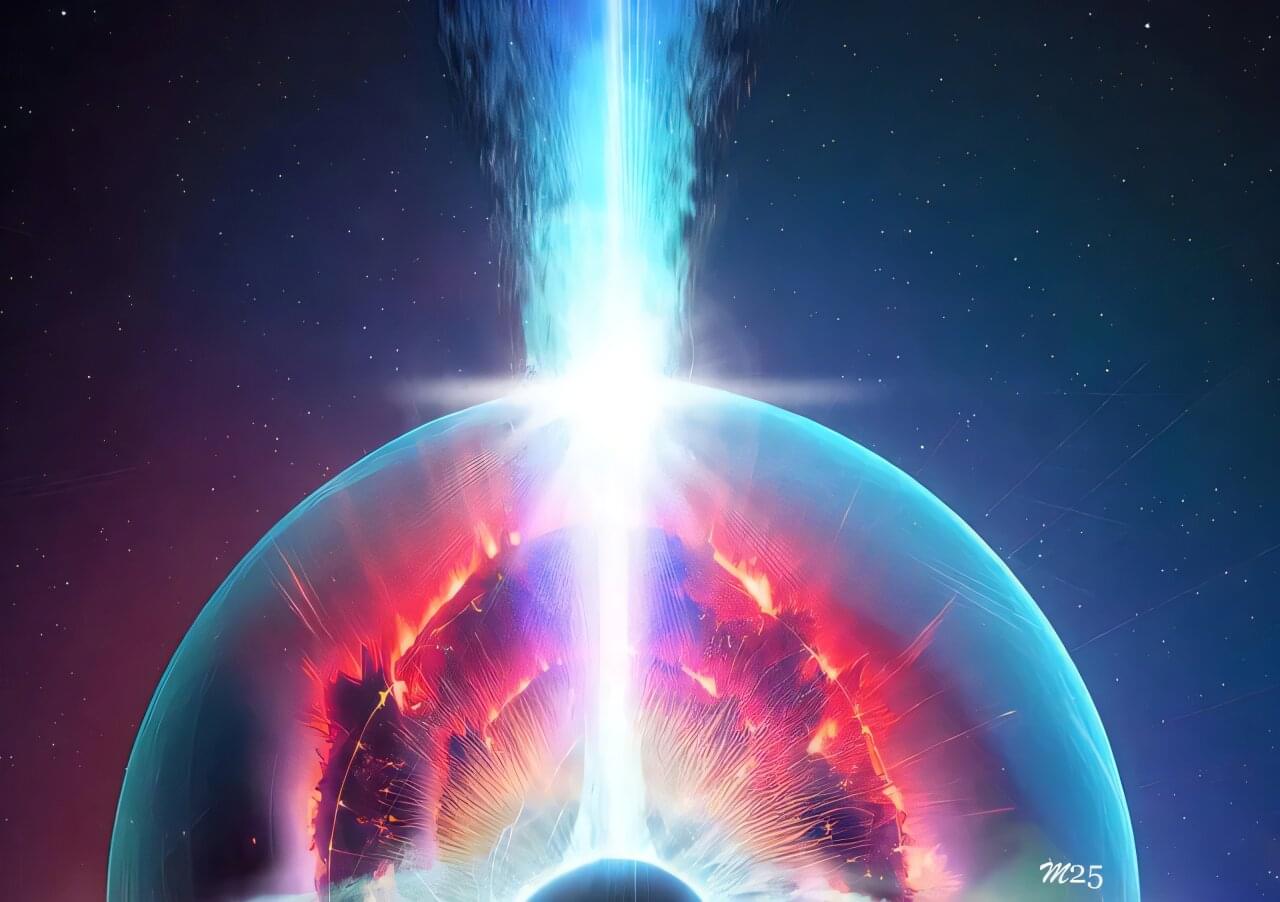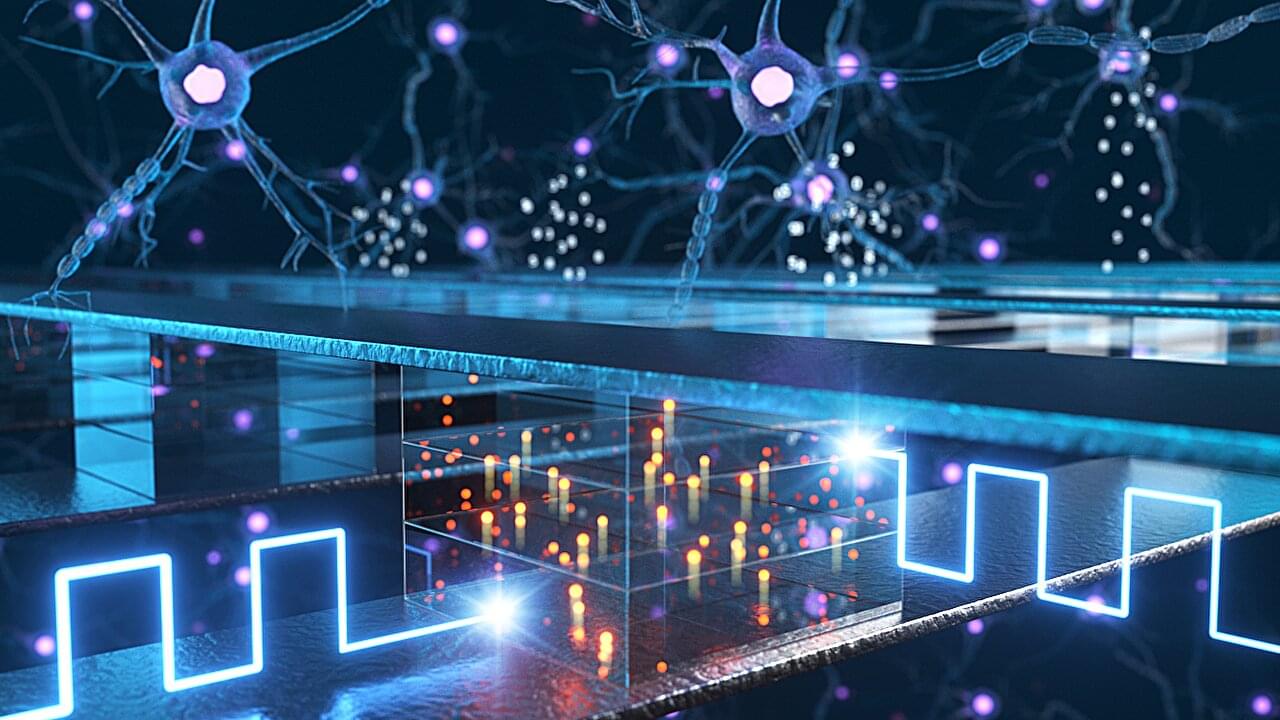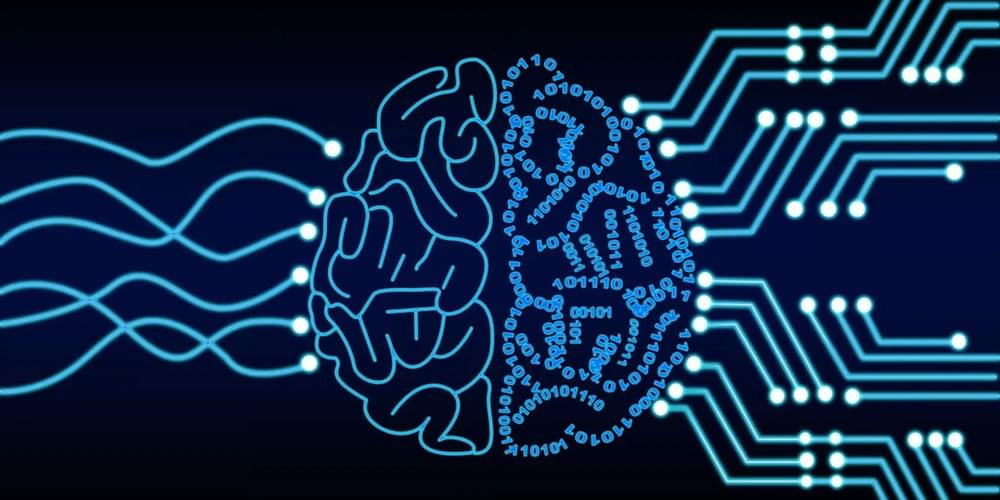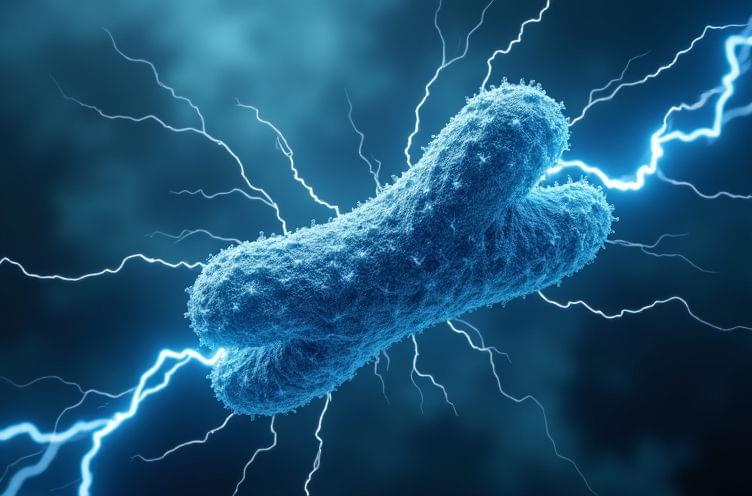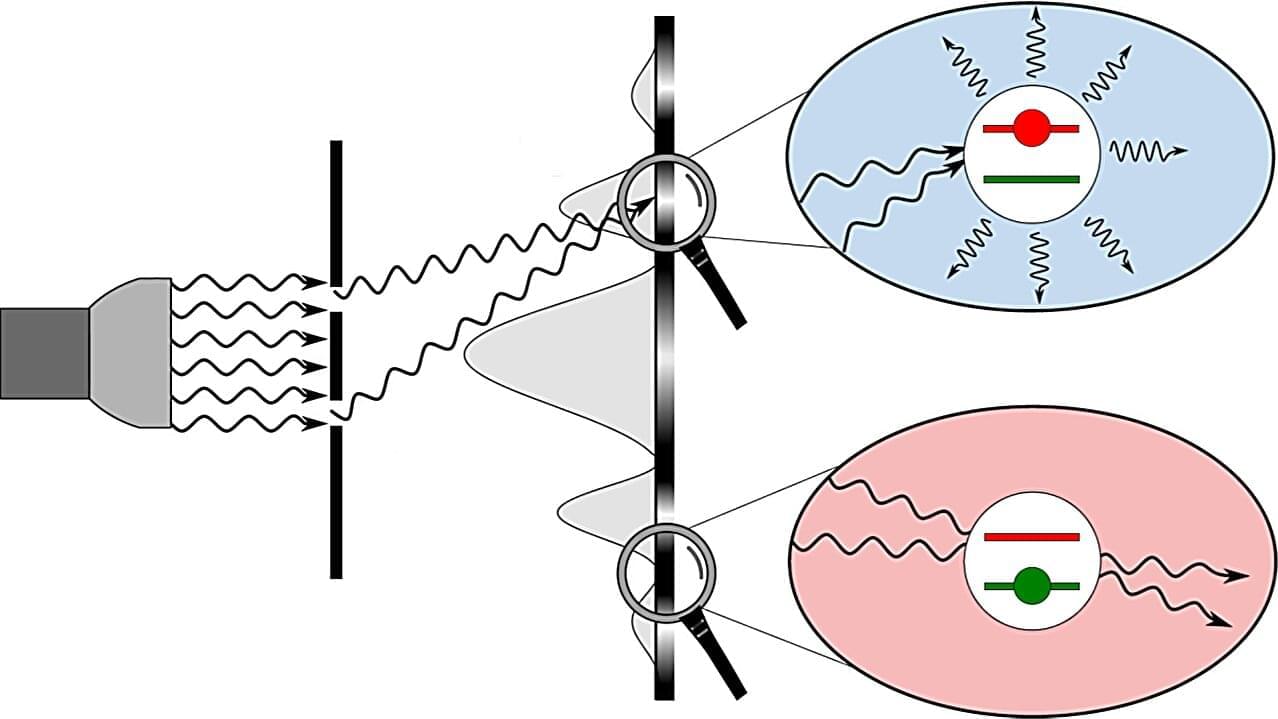In this second episode of the AI Bros podcast Bruce and John go completely unscripted and just letting the conversation flow where it goes.
They talk about everything from Sam Altman’s controversial TED interview to John’s Animated Action Figure that came to life and broke out of its packaging. It’s interesting, fun and informative.
Subscribe, Like, Follow, and Share the AI Bros to your favorite social media platforms. The AI Bros Podcast is where artificial intelligence meets real talk.
Both Bruce and John share their hot takes, perspective and journey with AI as they learn it and use it themselves in their own day to day workflow.
The AI Bros podcast is a weekly series, and a part of the Neural News Network, and the (A)bsolutely (I)ncredible podcast channel. John Lawson III is the CEO of ColderICE Media and is highly recognized in e-commerce, and AI.
John is an Amazon #1 best-selling author, IBM Futurist, and an eBay Influencer.
He’s celebrated as one of the Top 100 Small Business Influencers in America, and crowned “Savviest in Social Medial” by StartUp Nation. You can connect with John directly on his website at www.johnlawson. comJohn is an internationally-recognized keynote speaker, a “Commerce Evangelist” and an absolute wealth of knowledge on all things e-retail, and online marketing strategy.
John is a pioneer in the online retail vertical space, and founder of The E-commerce Group, a global community of e-commerce vendors, and online marketers.

